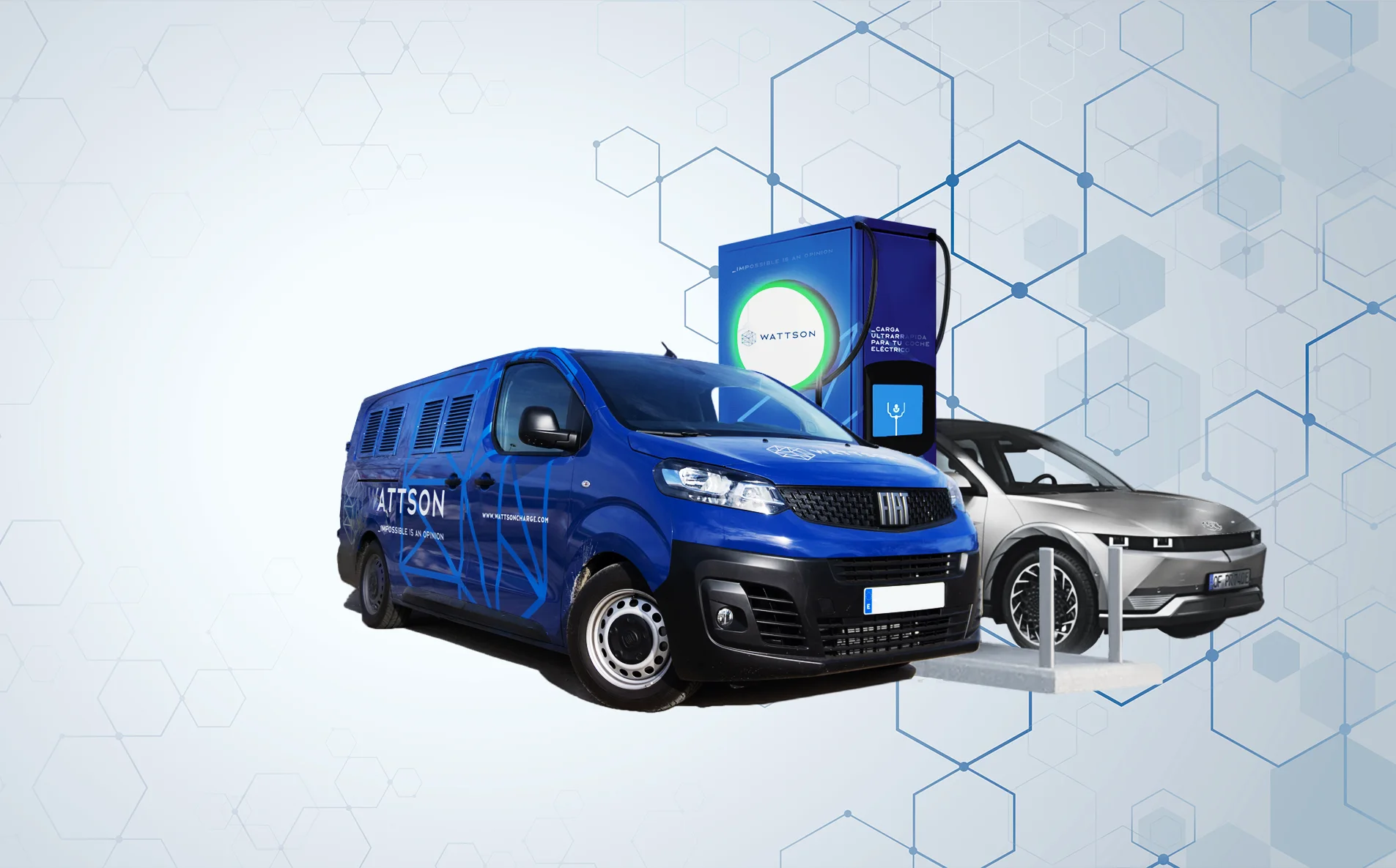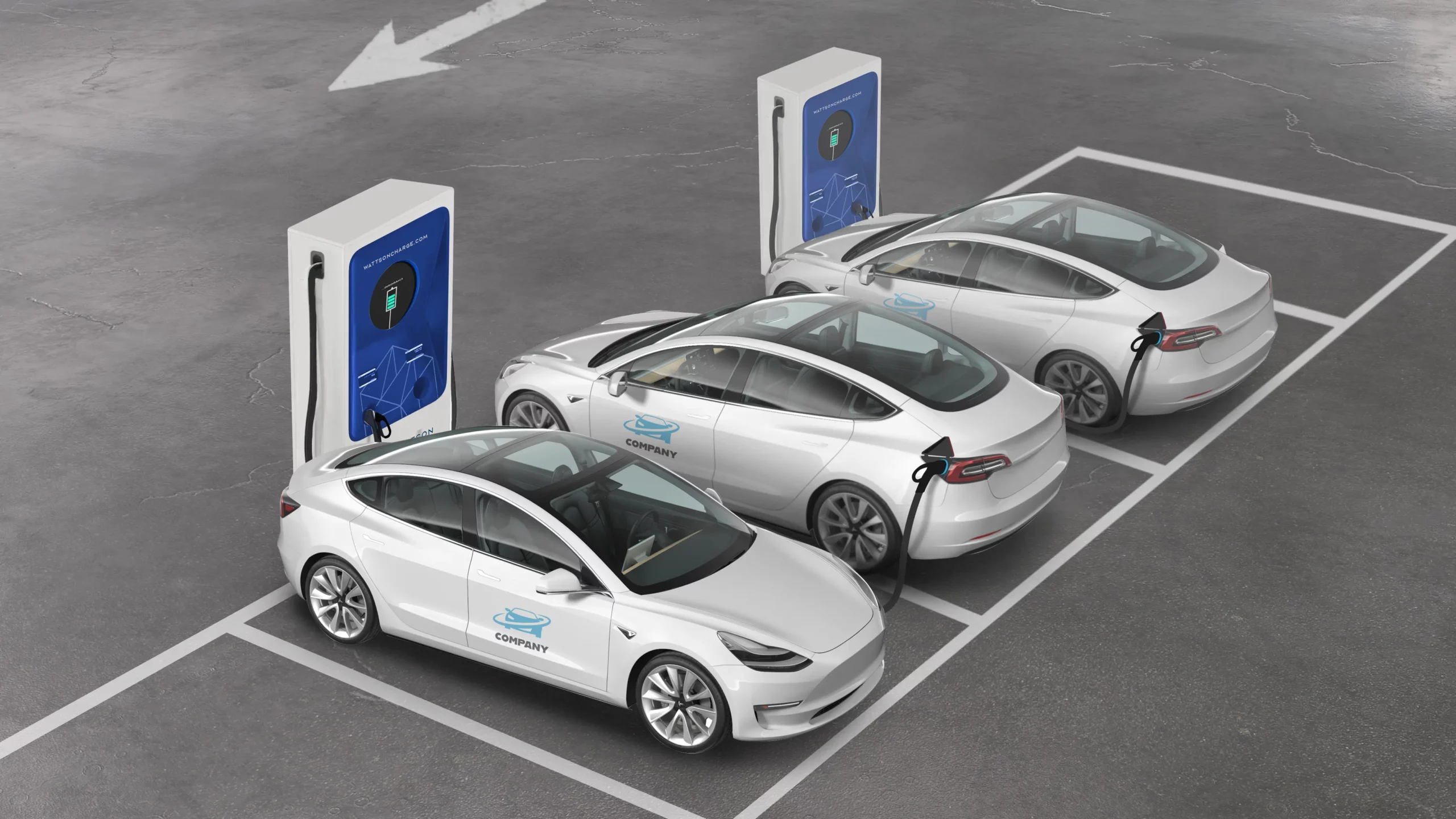Imagine this: electrification of commercial fleets is booming in Spain. But, when trucks and vans need to charge their batteries at key sites such as ports or logistics centers, a problem arises. Many of these sites do not have the infrastructure to keep everything running at full capacity. Energy, which seems to be always available in our homes or on our streets, does not always flow as easily at these critical points. And that’s where ultra-fast off-grid charging solutions come in.
Sound complicated? It is and it isn’t. It is, actually, ingenious. So how does it work? Well, the idea is quite simple: mobile charging stations that don’t rely on the power grid, but can operate autonomously. It’s a bit like carrying a portable charger, but in a big way. In this article we will explore how they are revolutionizing electric transportation in our country and what role they play in strategic locations.
An energy challenge in Spain’s key sites
To put this in context, according to a report by the Institute for Energy Diversification and Saving (IDAE), electricity demand in Spain will need to increase by at least 10% to support the growth of electric vehicles by 2030. Doesn’t sound so bad, does it? But here comes the twist: in some critical points, such as ports and logistics centers, the infrastructure is already stretched to the limit, especially at peak hours. A clear example is the Port of Valencia or the Coslada Logistics Center, which are already facing energy saturation problems.
The reality is that carriers can’t afford delays when time is money. So solutions like Wattson Charge offers a more than interesting alternative to keep the wheels in motion.
Wattson Charge: fast charging without relying on the grid
Now, let’s talk about Wattson Charge. What’s so special about this solution? For starters, these charging stations don’t need to be connected to the power grid, which makes them perfect for places where there simply isn’t enough infrastructure. You can take them wherever you need them, just like “home charging” for commercial electric vehicles. Not only that, they are ultra-fast: in less than 30 minutes they can charge 80% of a vehicle’s battery, which is enough time for a good coffee before continuing on the road.
In addition, these stations are powered by renewable energy. That is, not only do they solve the charging problem, but they do so in an environmentally friendly way, using solar energy or batteries. A small step towards cleaner transportation, and a great advantage for companies looking to reduce their carbon footprint.
Why are these mobile solutions so important?
Now, you may be wondering: why is it so necessary to have mobile stations if we already have fixed charging stations in some areas? Let me give you an example. Imagine that you have a fleet of electric vehicles operating in a logistics center on the outskirts of Madrid, such as the San Fernando Industrial Park. The nearest charging stations may be several kilometers away, which means that your vehicles would have to detour, wasting time and efficiency. With mobile stations like Wattson Charge’s, the problem is solved by bringing the charge directly to where you need it, optimizing routes and minimizing downtime.
Curious facts about the adoption of electric vehicles in Spain
In case you were wondering, the commercial electric vehicle market in Spain is growing at a good pace. In 2023 alone, the number of these vehicles reached 16,000 units, 36% more than in 2020, according to ANFAC data. This is partly due to initiatives such as the MOVES III Plan, which is giving a good boost with subsidies for the purchase of electric vehicles and the installation of charging points.
But, of course, while vehicles are growing in number, the fixed charging infrastructure is not keeping pace. By the end of 2023, there were about 18,000 public charging points across the country, and less than 30% were fast or ultrafast charging. So, in less populated areas, finding a place to charge is still like looking for a needle in a haystack.
Key benefits of mobile ultrafast charging
To sum up, what do commercial fleets gain from these ultra-fast mobile charging solutions? Here are some of the most important advantages:
- Total freedom of location: You can take the charging station right to the place where you need it most, perfect for temporary events or areas where fixed stations do not reach.
- Minimize downtime: Ultra-fast charging allows you to recharge in the blink of an eye, which means more trips per day and more productivity.
- Sustainability: By running on renewable energy, these stations not only help you keep your vehicles operational, but also reduce dependence on the grid and environmental impact.
- Long-term savings: Although the initial investment may seem high, in the long run, having your own mobile station can save you the costs of having to build fixed infrastructure.
The future of off-grid charging in Spain
With electric fleets growing ever larger, it seems clear that ultra-fast off-grid charging solutions, such as those offered by Wattson Charge, are going to play a key role in commercial transportation in the coming years. Companies like this are helping to make fleets more efficient and sustainable, which is crucial in a world where sustainability and operability go hand in hand.
So, as electrification continues to advance, we can say that mobile and ultrafast charging has the potential to be one of the best allies for commercial fleets in Spain. Ready to charge the future?


